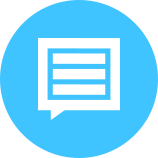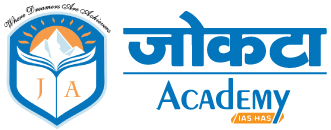Traditional Birth Rituals in Himachal Pradesh
In Himachal Pradesh, the arrival of a new life is celebrated with a unique blend of customs and traditions that carry a distinct local flavor. These birth rituals, deeply rooted in the region's culture, offer a fascinating glimpse into the
Folk Drama(Theatre) of Himachal Pradesh
Introduction Folk theatre in Himachal Pradesh is an art form that has played an integral and significant role in the social and cultural life of the state. Various regions within Himachal Pradesh have developed their unique forms of theatrical expressions, each
Folk Dances Of Himchal Pradesh
Himachal Pradesh, located in the northern part of India, is a land full of rich culture and traditions. Its picturesque landscapes, comprising the towering Himalayan mountains and lush valleys, serve as a breathtaking backdrop to the state's cultural heritage. The Cultural
Polyandry marriage system in Himachal Pradesh
The tribal culture in India is a captivating blend of ancient traditions and contemporary influences. A striking example of this cultural fusion can be found mainly in the Kinnaur and others tribe of Himachal Pradesh. This article section delves into
Folk Songs Of Himachal Pradesh
When we think of Himachal Pradesh, the first images that often come to mind are of snow-capped mountains, lush green valleys, and serene landscapes. However, this beautiful state in northern India has more to offer than just its picturesque scenery.
Marriage Customs and Traditions of the Gaddi Community in Himachal Pradesh
Introduction Marriage is considered to be one of the most significant and sacred occasions in the life of the Gaddi community of Himachal Pradesh. They celebrate it with great enthusiasm and show great togetherness during the event. In this article, we
Gaddi Tribe of Himachal Pradesh: History, Culture, and Traditions
The Gaddi community is a culturally rich and diverse group of people that live in the Himalayan mountain ranges of India. Their traditions and culture add vibrant colors to the beautiful state of Himachal Pradesh. In this article, we will
The Khampa Tribe of Himachal Pradesh
Introduction The Khampa people are a unique community that has been living in India for many years. They have their own language, traditions, and customs. The Khampa people have contributed significantly to the Indian culture, especially in the areas of agriculture
Swangla Tribe of Himachal Pradesh
The Swangla tribe is a small Hindu community residing in the Pattan valley region along the Chandra Bhaga river in the Lahaul and Spiti district of Himachal Pradesh, India. They have a distinct culture and societal structure that has been
Mandi Shivaratri: An International Fair of Himachal Pradesh
Mandi, a town located in Himachal Pradesh, serves as a significant cultural and spiritual epicentre during the annual International Shivratri Festival. This event, which highlights the community's devotion to Lord Shiva, attracts participants from diverse backgrounds, thereby reinforcing Mandi's reputation







